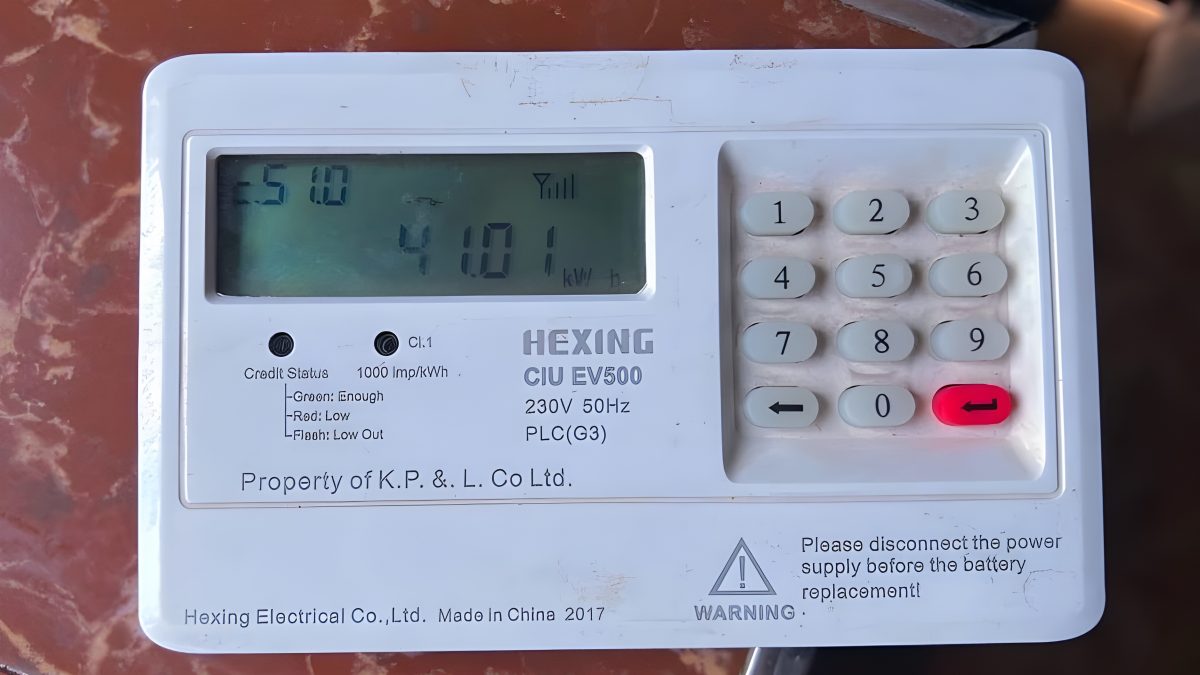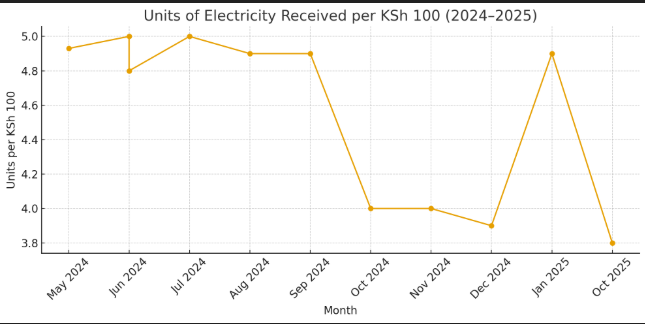If you’re wondering why massive companies like South32 get electricity at a fraction of what ordinary South Africans pay, you’re not alone. Every time Eskom hikes tariffs or announces load shedding, public frustration surges, and often for good reason. While households grapple with rising bills, certain large-scale industrial users enjoy special deals, some running into billions of rands (dollars).
So, why does this happen? Is it corruption, economic necessity, or both? Let’s unpack the truth behind these corporate energy discounts, how they’re justified, who benefits, and what it means for your pocket.
South32, which operates the Hillside aluminium smelter in Richards Bay, receives electricity at a heavily discounted rate reportedly 50% less than the average Eskom rate. Over the contract’s lifetime, this equates to around R92 billion ($4.9 billion) in foregone revenue.
Why would Eskom, which is in deep financial trouble, agree to such a deal?
Enter: Special Pricing Agreements (SPAs). These are long-term contracts signed with energy-intensive users, mostly in the mining and manufacturing sectors. They were initially designed to stimulate industrialisation and secure large, stable electricity buyers.
But here’s the catch: most of these deals were signed in the early 1990s or 2000s, when Eskom had surplus capacity and needed industrial customers. South Africa’s economy was still trying to transition post-apartheid, and attracting foreign investment was a top priority.
Eskom and the National Energy Regulator of South Africa (NERSA) argue that companies like South32 are vital to the economy. The aluminium sector supports thousands of jobs, generates export revenue, and helps keep industrial zones like Richards Bay afloat.
Michael Marchant from Open Secrets puts it succinctly: “They concluded it made sense to offer a massive discount because shutting the plant down would cause a broader economic ripple.”
The plant consumes around 10.3 terawatt-hours annually, about 5% of Eskom’s energy sales. Its peak demand of over 1,200 megawatts is more than what one stage of load shedding cuts from the grid.
Read Also: How Much Electricity Does the Average South African Household Use?
But does that justify the discount when ordinary households pay up to R2.75 per kWh?
The Economics Behind Aluminium Smelting
Producing aluminium is electricity-intensive. In fact, power makes up 30–40% of the total cost of producing one tonne of aluminium.
Globally, smelters are usually located in regions with abundant, cheap electricity like Iceland (hydropower), Canada, or the Middle East. If South Africa wants to stay in the aluminium game, it has to play by the same rules meaning dirt-cheap electricity.
But critics argue that Eskom’s financial woes and frequent tariff hikes are in part due to these legacy deals. If industrial giants are underpaying, residential users end up shouldering more of the cost burden.
Historical Context: BHP Billiton and the Billion Rand Discount
South32’s predecessor, BHP Billiton, made headlines in the early 2010s for similar sweetheart deals. It was reported that during periods of high demand, BHP’s electricity tariffs dipped below the cost of production.
In one instance, Eskom was paying more to generate power than it was earning from BHP, which used over 10% of its total output.
Public outrage followed, and NERSA was forced to rethink its oversight. However, much of the agreement was kept confidential under “commercial sensitivity.”
Even today, many aspects of these corporate electricity deals remain hidden from public scrutiny.
How This Affects Ordinary South Africans
Here’s where it gets personal.
Eskom needs revenue to upgrade infrastructure, pay off debts, and expand generation. If a significant chunk of that revenue is lost to discounted deals, guess who makes up the shortfall?
That’s right, you, the taxpayer and consumer.
Each time tariffs rise, the rationale is that it’s needed for maintenance, diesel, or “cost-reflective pricing.” But if Eskom is giving billions away in discounts, that justification rings hollow.
It also hurts public trust. Why should everyday citizens suffer through load shedding and rising bills while multinational corporations get a free pass?
Public Perception and the Trust Deficit
Eskom has a trust problem. Years of mismanagement, corruption, and rolling blackouts have eroded public confidence.
Deals like the one with South32 only make things worse. When people see power cuts, they assume (often correctly) that someone else is getting a better deal behind closed doors.
Transparency is critical. Citizens have a right to know who’s paying what and why.
The Regulatory Blindspot
NERSA, South Africa’s electricity regulator, has come under fire for not doing enough to assess the real benefits of these deals. In the South32 case, Eskom asked the company to submit its own economic impact assessment.
Marchant from Open Secrets called this out as a “massive conflict of interest.” It’s like asking a student to grade their own exam.
NERSA should conduct independent analyses, not rely on self-reported data from the very companies receiving the discounts.
What Can Be Done?
- Greater Transparency
All special pricing deals should be published, with justifications made public. - Tiered Tariff Reforms
Instead of blanket discounts, introduce a tiered system where companies pay more during peak hours and less during off-peak periods. - Public Oversight
Independent bodies should review such agreements every 2–3 years. - Incentivised Efficiency
Corporates should be required to invest in renewable energy or storage in exchange for discounts.
Corporate electricity discounts aren’t inherently evil. In some cases, they’re strategic tools for industrial growth. But when they become secretive, mismanaged and lopsided, they breed resentment and deepen inequality.
South Africans deserve a fair energy system, one where the biggest users don’t get the biggest breaks, and where every rand (dollar) spent actually helps keep the lights on.
If you’re searching for answers to:
- Why does Eskom give discounts to companies?
- Eskom electricity deal South32
- Why do big businesses pay less for electricity?
This is the reality and it’s time we all understood it.



